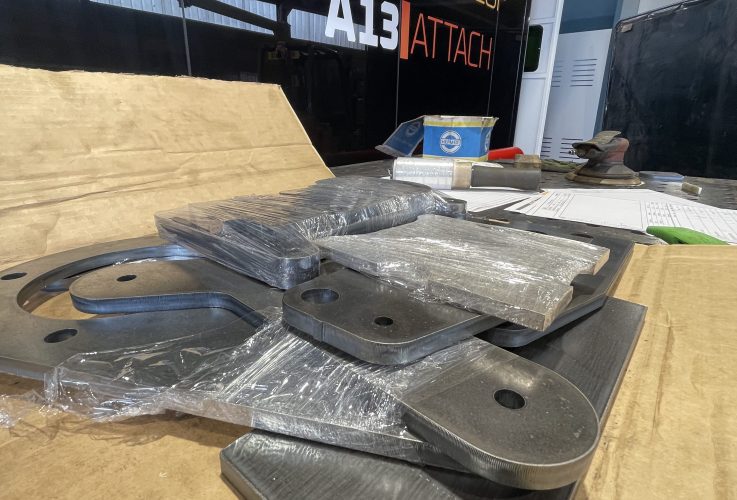Laser Cutting Basics
The Scientific Approach to Achieving Burr Free Results
Laser cutting at A13 Engineering has improved the quality of products that leave our facility. Since installing our 12kW laser cutting machine we have learnt that to achieve the ideal cut involves a careful understanding of the interactions between the laser cutting beam, assist gas, and workpiece. Here are some of the things we have learnt to minimise burrs or dross.
By optimising the laser parameters to ensure the power setting is appropriate for the material being cut, as well as controlling the pulse frequency, helps to achieve a balance between cutting speed and edge quality.
Choosing the right assist gas – as we predominantly put a lot of stainless steel though our laser machine nitrogen has proved to be the best option to achieve cleaner cuts. Adjusting the pressure of the assist gas ensures the desired cut quality and a higher pressure can also help to remove debris from the cut.
The design and condition of the cutting nozzle can affect the focus and direction of the laser beam so it is important to ensure they are in good condition and appropriate for the material. Maintaining the correct focal point of the laser beam is crucial for for achieving clean cuts along with regularly checking and adjusting the focus to match the material thickness a much better edge is achieved.
The heat build up can be reduced by adjusting the speed the laser moves across the material which results in cleaner cuts. Smooth transitions in the acceleration and deceleration also help in achieving cleaner edges by preventing overheating in specific areas.



